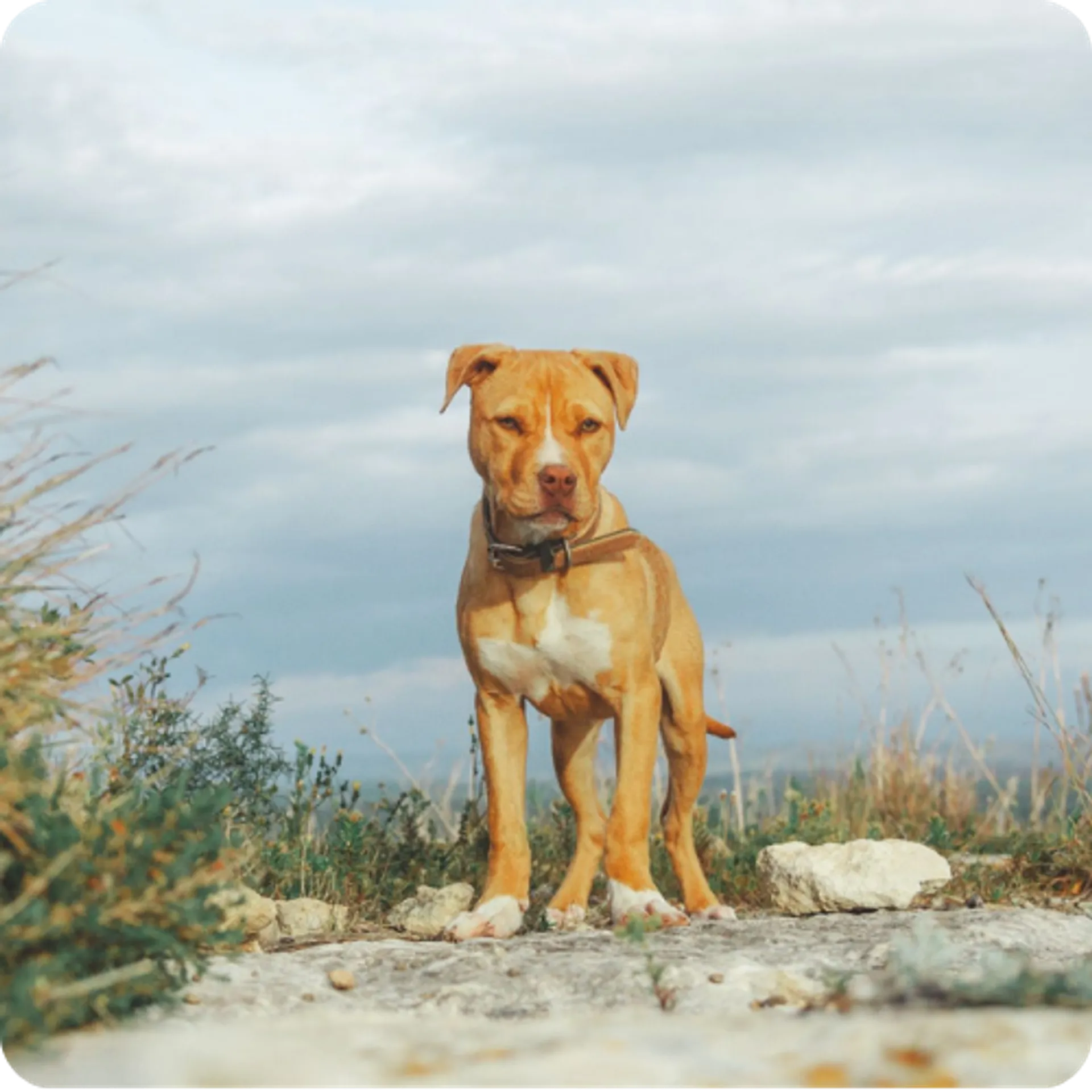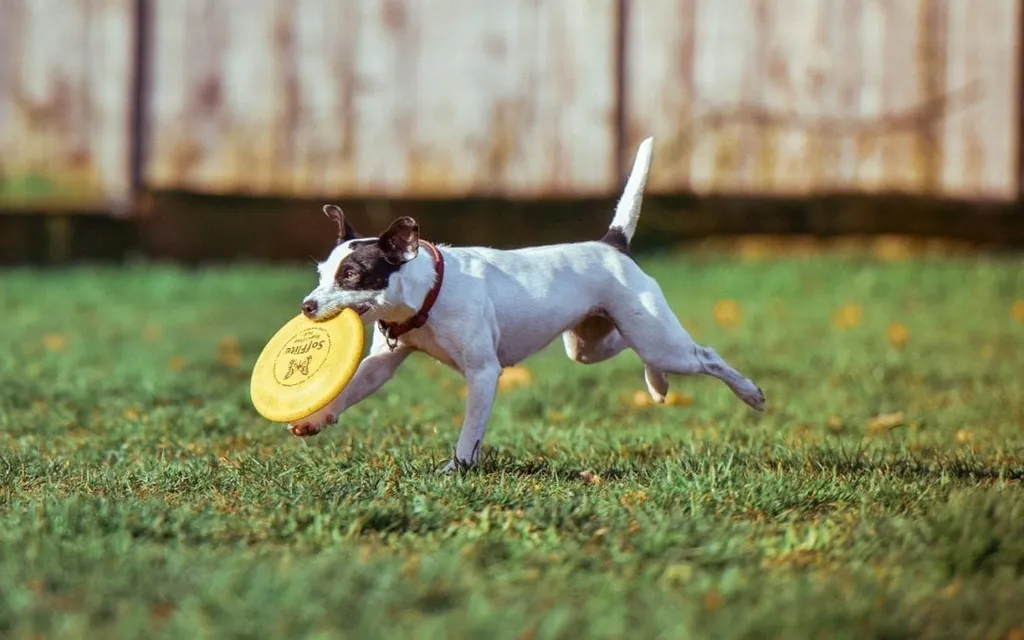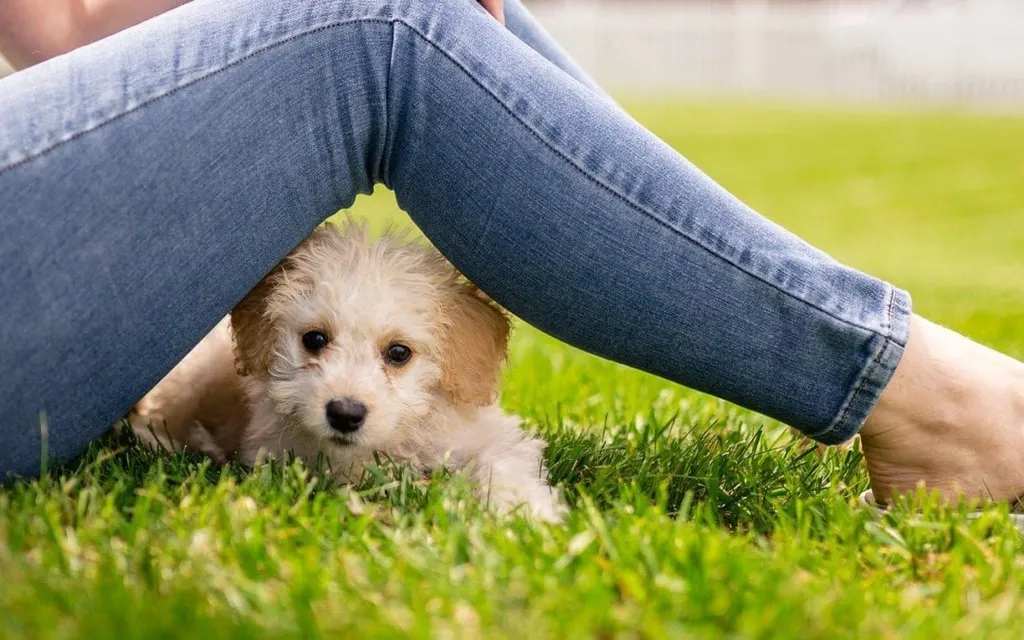When your pet starts limping, take a few minutes to assess the situation to help you best decide what to do next. In cases of acute lameness where the pet is not using the limb at all or is in noticeable pain, they should be seen by their veterinarian same to next day. No matter how gentle your dog is or how much you trust them, take precautions if your pet is in pain. Even the most docile of pets can respond by nipping or biting when they are injured or uncomfortable. For pets in notable pain, avoid touching or picking up the pet in that area. Small dogs may feel more comfortable being scooped up in their dog bed or a large blanket. If you need to assist your pet in walking, a towel can be used as a sling to guide your pet up and support them as they move.
The degree of lameness may look different in your pet, but here are some basic guidelines to consider. With mild lameness, your pet may be only intermittently favoring the leg by occasionally holding it up or sitting or lying in a different position than they normally would. They often will shift their weight from the injured leg to the other to feel more stable. When your pet is




